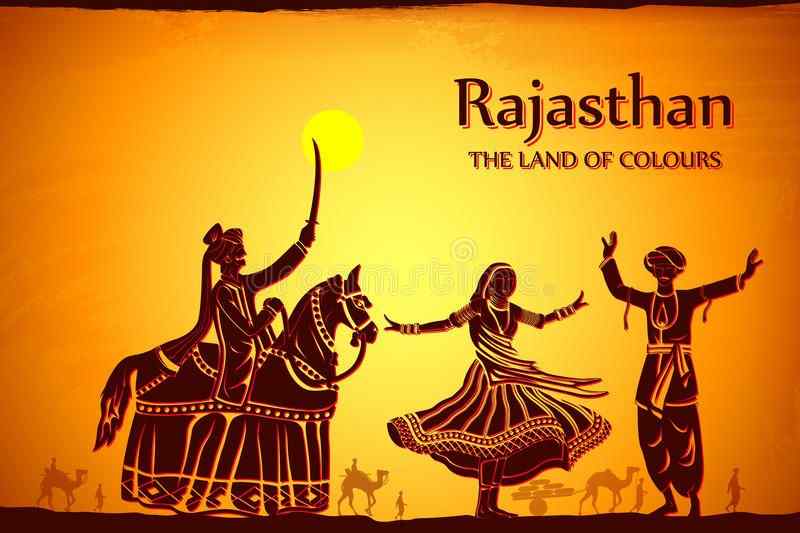Art and Culture in Rajasthan
Rajasthan, the Land of Kings, is a vibrant tapestry woven with a rich heritage of art and culture that has evolved over centuries. This northwestern state of India is not just known for its stunning palaces and forts but also for its unique artistic expressions that reflect the traditions and history of its people.
The Historical Context of Rajasthani Art
Ancient Influences
The roots of Rajasthani art can be traced back to ancient civilizations, with influences from various dynasties that ruled the region. The murals of the medieval period, particularly those found in the frescoes of the Shekhawati region, depict the opulence of royal life and the intricacies of daily activities. These artworks serve as a visual narrative of the state’s history, capturing the essence of its cultural evolution.
The Role of Rajputana
The Rajput rulers played a crucial role in fostering the arts in Rajasthan. They patronized various forms of artistic expression, including painting, sculpture, and architecture. The majestic forts and palaces built during this time showcase exquisite craftsmanship, with intricate carvings and detailed inlays that narrate stories of valor and beauty.
Traditional Arts and Crafts
Handicrafts and Weaving
Rajasthan is renowned for its handicrafts, which include pottery, textiles, and jewelry. The vibrant colors of Rajasthani textiles, particularly the block prints and tie-dye techniques, reflect the desert landscape and the lively spirit of its people. Craftsmen in towns like Sanganer and Bagru have kept these traditions alive, producing exquisite fabrics that are sought after worldwide.
Miniature Paintings
One of the most celebrated forms of art in Rajasthan is miniature painting. These detailed artworks often depict royal court scenes, hunting expeditions, and religious themes. The use of natural pigments and gold leaf highlights the craftsmanship involved in this traditional art form. The city of Udaipur is particularly famous for its exquisite miniature paintings, which continue to captivate art lovers and collectors.
Cultural Festivals
Vibrant Celebrations
Rajasthan’s culture is characterized by its colorful festivals that bring communities together and celebrate the region’s rich heritage. Events like the Pushkar Camel Fair, held annually in the sacred town of Pushkar, showcase traditional music, dance, and crafts. This festival attracts thousands of visitors and serves as a platform for local artists to display their talents.
Folk Music and Dance
Rajasthani folk music and dance are integral to its cultural identity. Styles like Ghoomar, Kalbeliya, and Chari reflect the vibrant lifestyle of the state’s inhabitants. Performances often feature colorful attire and energetic movements, captivating audiences both locally and globally. The music, typically played with instruments like the sarangi and dhol, evokes the rich emotional tapestry of Rajasthani life.
The Spiritual Dimension
Temples and Religious Art
Rajasthan is home to numerous temples that not only serve as places of worship but also as repositories of artistic expression. The intricately carved Jain temples in places like Ranakpur and the ornate Hindu temples in Jaipur showcase the skill of local artisans. These temples often feature stunning sculptures and frescoes that illustrate religious narratives and teachings.
Festivals of Faith
Religious festivals like Teej and Gangaur further illustrate the intertwining of art and culture in Rajasthan. These festivals celebrate devotion and community, featuring colorful processions, traditional attire, and cultural performances that reinforce the region’s artistic heritage.
Progress in Art and Culture
Contemporary Innovations
In recent years, Rajasthan has seen a revival of traditional arts, with contemporary artists and craftsmen blending age-old techniques with modern aesthetics. This fusion has resulted in innovative artworks that appeal to a global audience while honoring traditional practices. Art galleries and cultural institutions in cities like Jaipur and Udaipur are now showcasing these contemporary interpretations, bridging the gap between tradition and modernity.
Government Initiatives
The Rajasthan government has initiated various programs to promote and preserve the state’s art and culture. Efforts to support artisans through training and workshops have empowered local communities and ensured that traditional crafts continue to thrive. Additionally, the promotion of tourism in Rajasthan has opened up new avenues for artists and craftsmen to reach broader markets.
The Global Influence of Rajasthani Art and Culture
Cultural Exchange
Rajasthani art and culture have not only enriched India’s heritage but have also made a significant impact on the global art scene. Exhibitions showcasing Rajasthani art in international galleries and cultural festivals have brought the region’s unique artistic expressions to a wider audience. This exchange fosters appreciation and understanding of Rajasthan’s rich traditions.
Sustainable Practices
As the world increasingly recognizes the importance of sustainable practices, Rajasthani artisans are adapting their techniques to be more eco-friendly. Using natural dyes, organic materials, and traditional methods, craftsmen are contributing to global sustainability efforts while preserving their cultural heritage.
Conclusion
In conclusion, the art and culture of Rajasthan represent a dynamic interplay of history, tradition, and modernity. From the intricate crafts and vibrant festivals to the spiritual expressions found in temples and music, Rajasthan’s artistic heritage continues to evolve. The state not only cherishes its past but also embraces the future, ensuring that its rich cultural legacy thrives for generations to come. Through the ongoing efforts of artisans, government initiatives, and cultural exchanges, Rajasthan remains a beacon of creativity and artistic expression, inviting the world to experience its unique charm.

